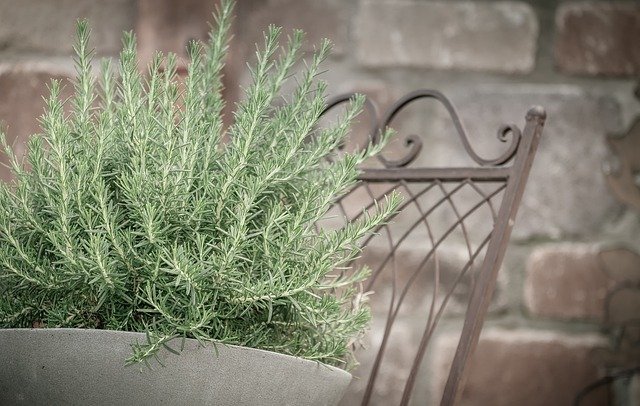Plant lovers with allergies, do not let the sneezes and sniffles stop you from embracing the wonderful world of greenery! While most plants do produce pollen that can trigger allergies, there are treasure troves of house plants without pollen or with minimum pollen options that are waiting to be discovered. In this special section, we’ll get in touch with some of those! Without further ado, let’s check them out.
Table of Contents
Best Indoor Plants Without Pollen
Spider Plant (Chlorophytum comosum)
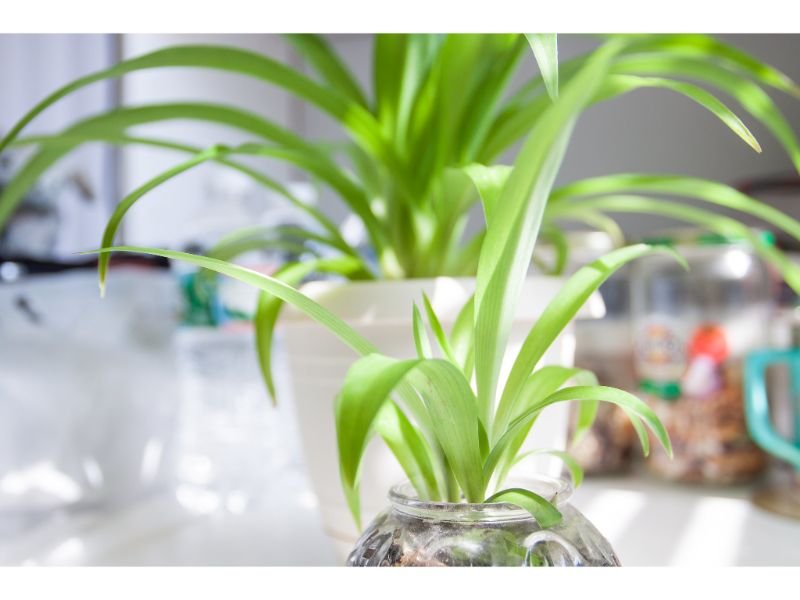
When we talk about the finest house plants without pollen, the low-maintenance spider plant reigns supreme as the number one superhero. The delicate white flowers of spider plants are safe for allergy sufferers, as they do not produce pesky pollen that can trigger allergies. Another good thing to add, this plant is also known to be a natural air purifier!
Bamboo Palm (Chamaedorea seifrizii)
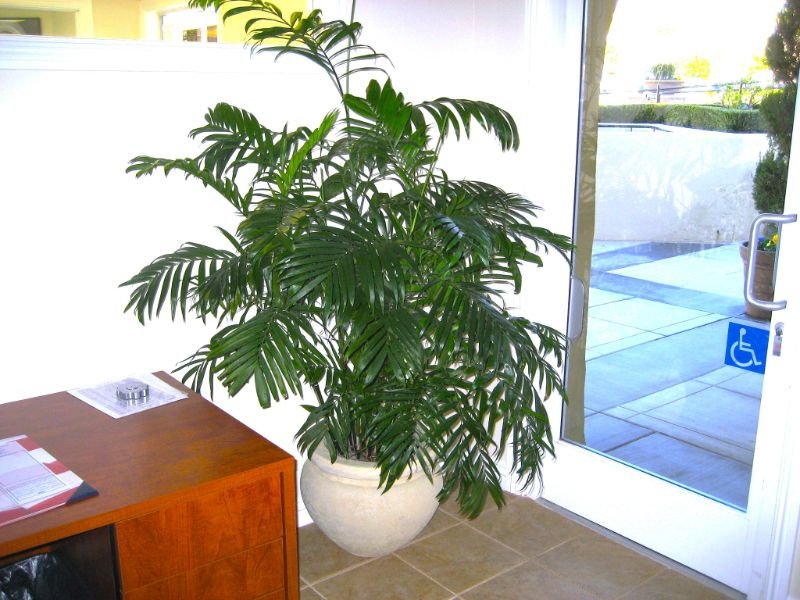
From tropical indoor jungle to the Asian-themed garden indoor, the classic bamboo palm is suitable for many settings, and that’s including being hypoallergenic. The no-known allergic properties and the ability to remove harmful toxins such as formaldehyde and benzene from bamboo palm–make them another one of the fantastic house plants without pollen, transforming your home into a serene oasis!
Areca Palm (Dypsis lutescens)

This tropical plant is known for producing minimal pollen that is safe for plant lovers with allergies. The areca palm’s ability to purify the air, similar to spider plants and bamboo palm, adds to their allure, as this plant is proven to efficiently remove toxins such as xylene and toluene. Areca palm is the perfect combination of aesthetic and environmental health!
Dracaena (Dracaena)
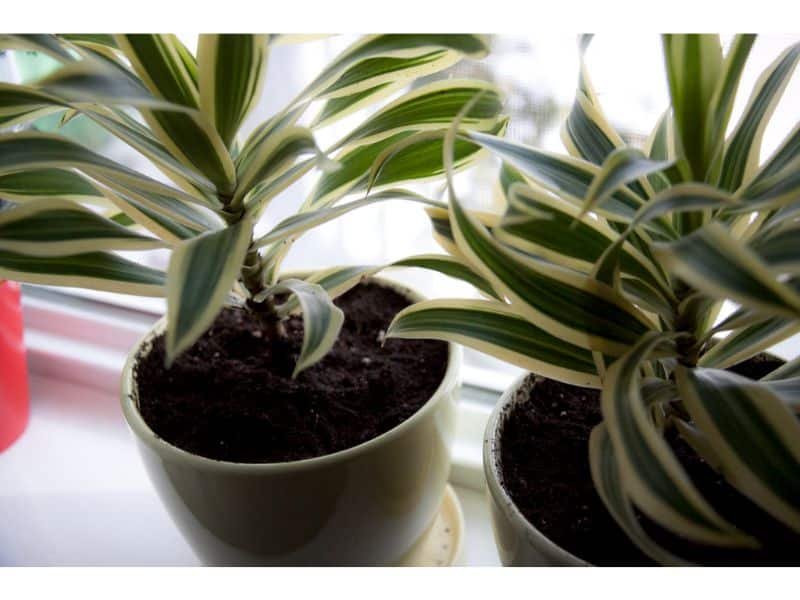
There are many species of dracaena or the dragon plant, and we recommend sticking to the regular dracaena and avoiding the fragrance dracaena, due to its potential trigger to allergies. This plant has a low pollen count and is effortless to care for. The fragrant dracaena, on the contrary, emits a strong lilac or jasmine-like aroma that may be problematic for gardeners with sensitivities.
Broadleaf Lady Palm (Rhapis excelsa)

This ornamental house plant is an excellent choice for allergy-prone gardeners due to its low-pollen nature that reduces the risk of respiratory discomfort. Broadleaf lady palm is native to Southern China and Taiwan and is also known for being safe for your furry companions. Another benefit to highlight, the broadleaf lady palm holds the skill of air-purifying abilities, providing air that is free from toxins such as carbon monoxide and formaldehyde.
Money Tree (Pachira aquatica)

The next indoor plants without pollen you should try growing are money trees. Although it got the name ‘tree’, this plant thrives much smaller as an indoor house plant, with a height of about 6 feet (1.8 meters). With a low-pollen production, it’s safe to say that this Central and South America native plant won’t make you sneeze or make your skin itch. As the name indicates, it’s also believed that money tree plants could attract wealth and good luck!
Calathea (Calathea)
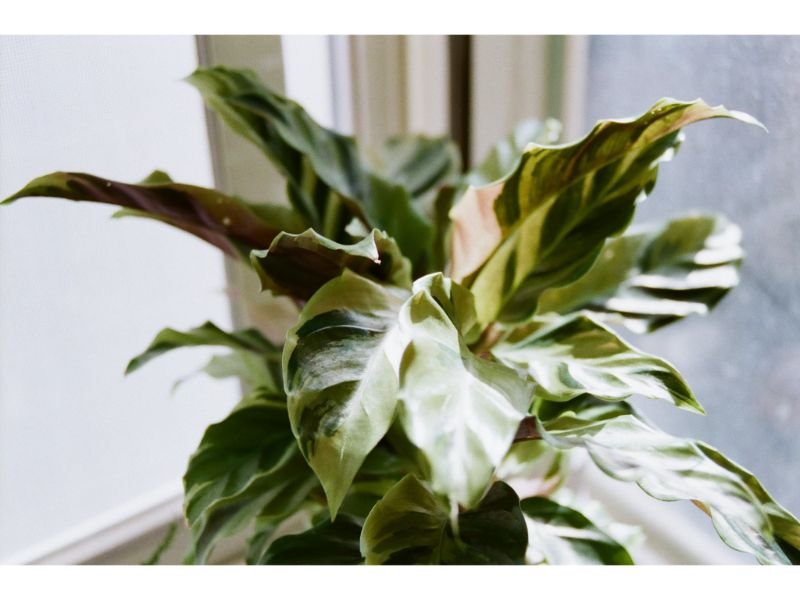
With outstanding oblong-shaped foliage, dazzling colors and patterns, and relatively easy-to-grow in pots, Calatheas are sure to add more beauty to your indoor garden. But what makes this plant more charming is its minimal airborne pollen production and its unique ability to fold its leaves at night, as a natural response to the lower temperature, making it as if they’re praying!
Living Stone (Lithops)

If you’re a fan of succulents and are opting for house plants without pollen, living stone or lithops can be a safe option. These eye-catching succulents have a compact and pebble-like appearance, just like bright-colored stones! Their thick and fleshy leaves make them adapt well to desert conditions and are easily manageable.
Worst Plants For Allergies
Pine Trees (Pinus sp.)

We understand that it’s not feasible to grow pine trees as indoor house plants, however, you should keep your attention high with this one as an allergic person. Pine trees are known to release large quantities of pollen, more so during their reproductive season, which typically lasts from the end of April to early June.
Marigolds (Tagetes)
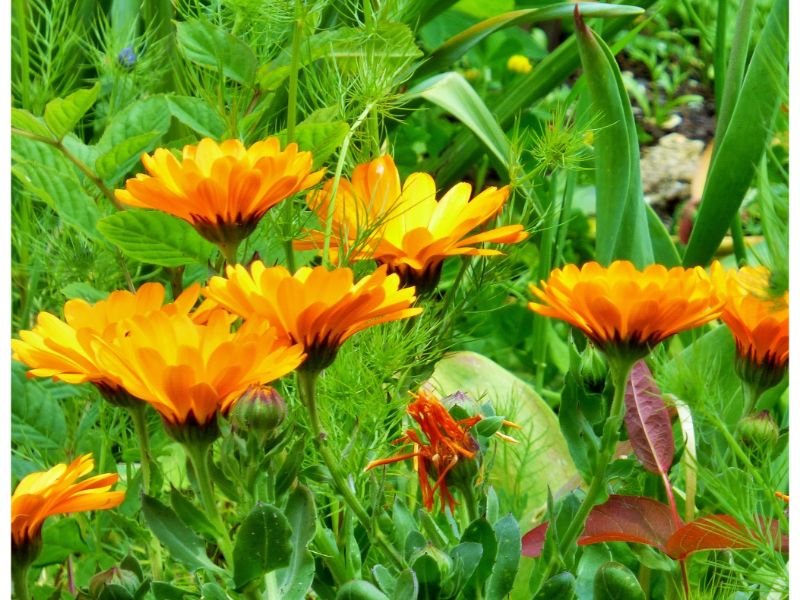
Unlike pine trees, you can successfully grow marigolds indoors, but not as house plants without pollen. Even though this plant is not known to cause severe allergic symptoms, marigolds still produce significant amounts of pollen that can trigger allergic reactions and respiratory-related problems.
Yucca (Yucca)

Same with marigolds, yucca plants are perfect for indoor conditioning, but it’s wise to be cautious regarding their allergy-friendliness. The yucca plant is not completely allergen-free and produces pollen that is likely to trigger allergic reactions like itching and swelling.
Poinsettia (Euphorbia pulcherrima)

The reason why poinsettia is not considered allergic-friendly is that they produce milky-white sap, which can highly trigger those with latex allergies. Symptoms such as contact dermatitis and skin irritation may occur, so it’s very recommended to not make contact with bare hands. However, the plant’s pollen is not a major source of allergies.
Sword Fern (Nephrolepis exaltata)
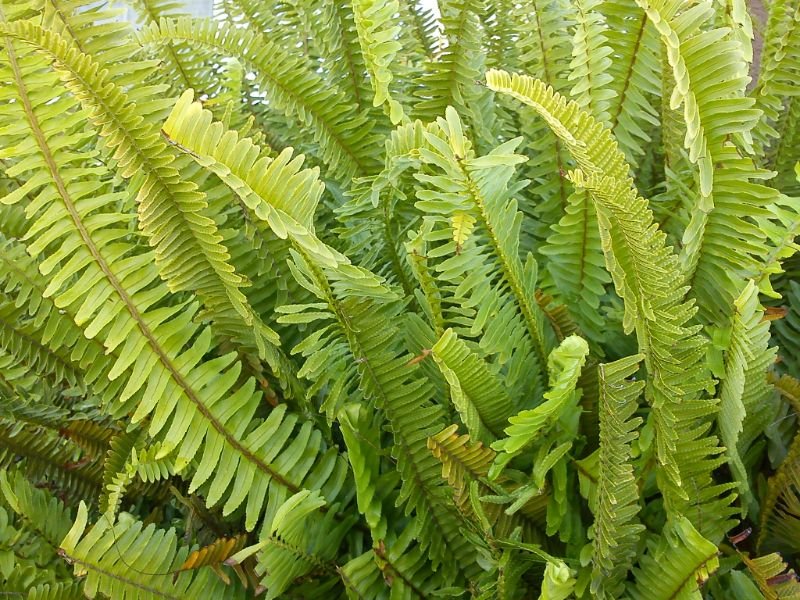
Ferns, including the sword ferns, are typically not known as hypoallergenic. Although classified as low-pollen plants, sword ferns release spores that can trigger allergic reactions, moreover, if it’s inhaled, and can be harmful to those with respiratory sensitivity. You may experience symptoms such as sneezing, itchy nose, or even skin irritation.
Can Houseplants Cause Sinus Problems?
If you grow house plants without pollen, you can sit back, relax, and no need to overly worry about allergies, but how about the other house plants? Do they cause sinus-related problems? House plants do have the potential to cause sinus problems, although it’s not common and the plant itself is not solely the only factor that triggers the issue.
Tips: How Do You Create A Non-Allergenic House Plant Garden?
Yes, it’s very possible to create an allergy-friendly indoor landscape but it’s not only by picking the best house plants without pollen. One factor to be checked out regularly is mold and fungal growth that loves excessively humid areas. Improper watering, for instance, can trigger these tiny culprits to grow even more massively, resulting in sinus problems if inhaled.
Next, avoid wind-pollinated plants at all costs and provide good air circulation. Wind-pollinated plants, of course, do produce more pollen and are worse when your growing area is not well-circulated. Don’t forget to also create a clean and dust-free environment by gently wiping the plant with a damp cloth or giving the plant a light mist to keep pollen-related allergies at bay.
Allergy-Friendly House Plants Without Pollen In A Nutshell
Plants like spider plants, bamboo palms, and lithops are just a few excellent examples of house plants without pollen that can be enjoyed by plant enthusiasts with allergies. However, individual sensitivities and how resilient your body is towards certain allergens vary. It’s important to always be aware of your allergy triggers and consult with a professional if needed.

New author in the hood. Loves gardening and flowers are my spirit animals (yes I know they are not animals but I insist). I will be covering most of the flowers’ topics here and occasionally random though as well.





